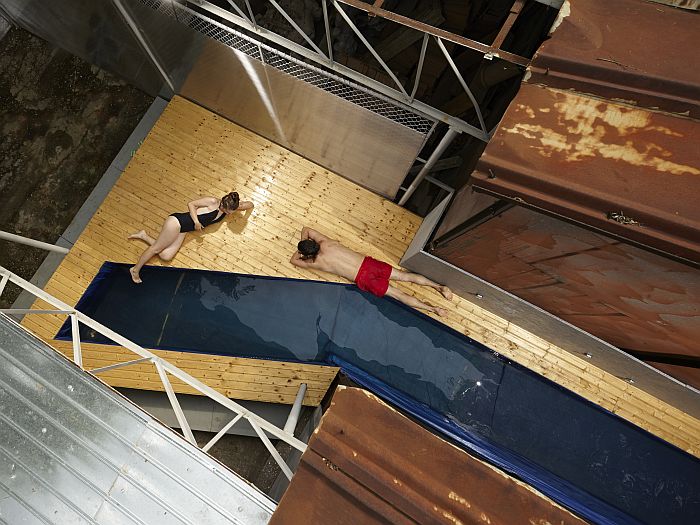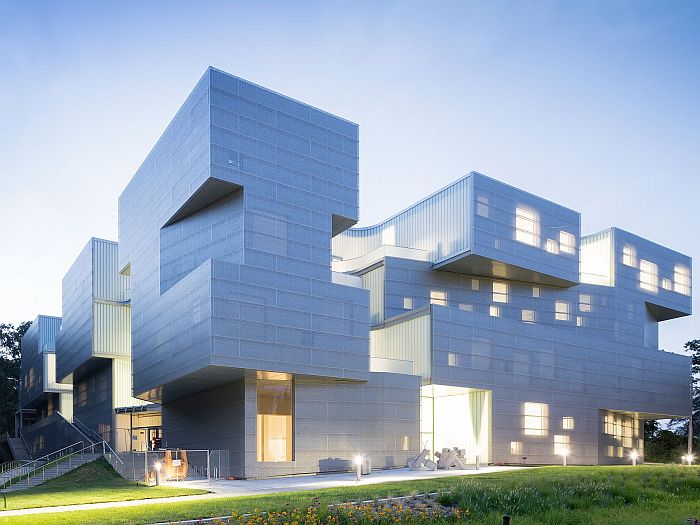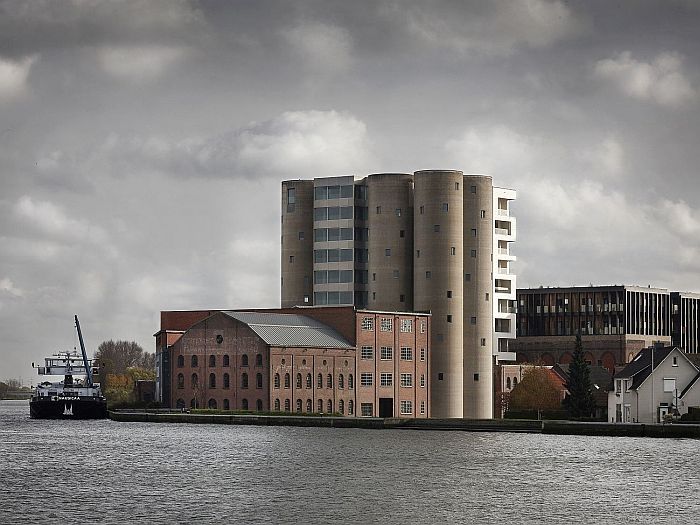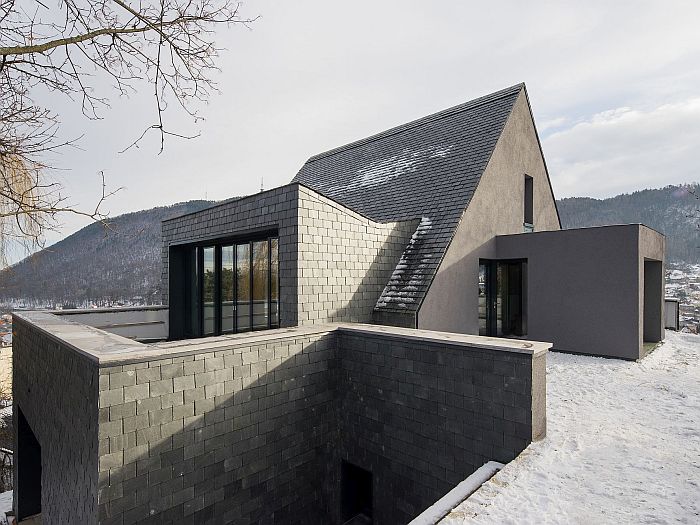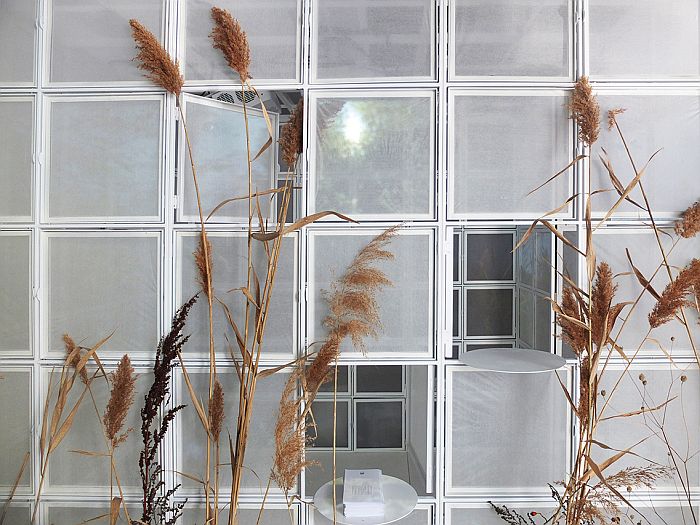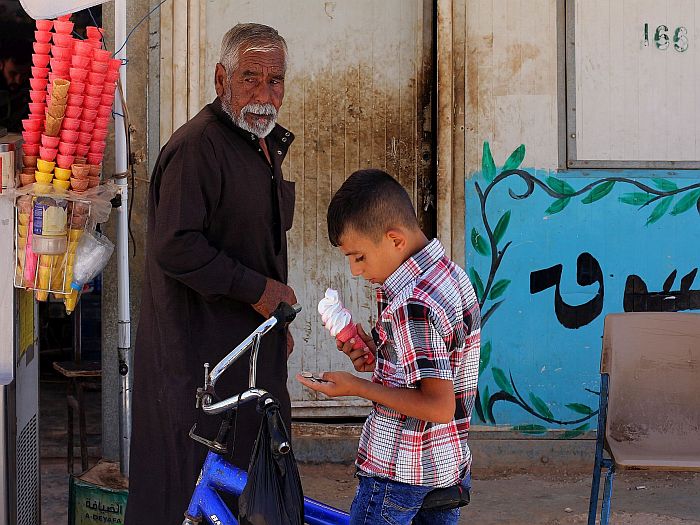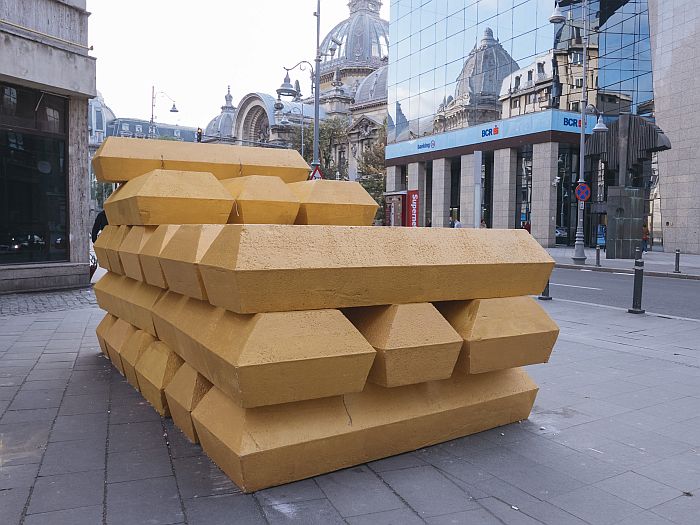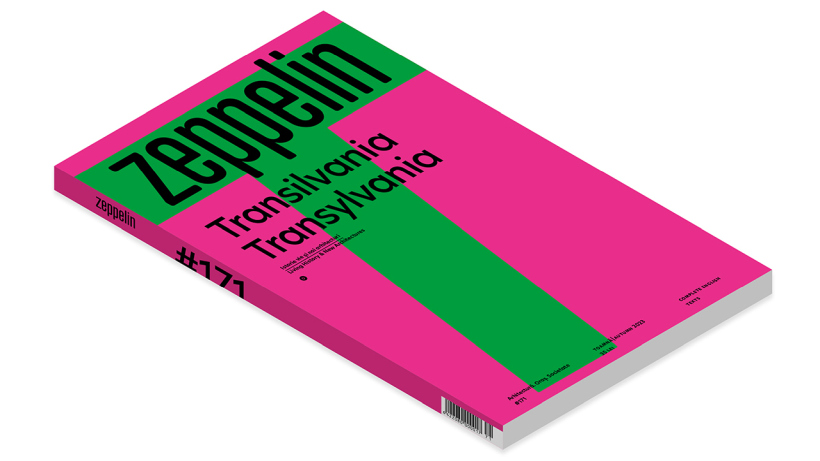Intro: Ștefan Ghenciulescu
Photo: Dan Vezentan & Sandwich
An improbable place for displaying art: a leftover of space, at one end of the world.
Combinatul Fondului Plastic (Arts and Crafts Combinate) is not that far away from the centre, nor is it so inaccessible – although there is some walking to do to the public transport stations, and quite a longer walk to the underground.

